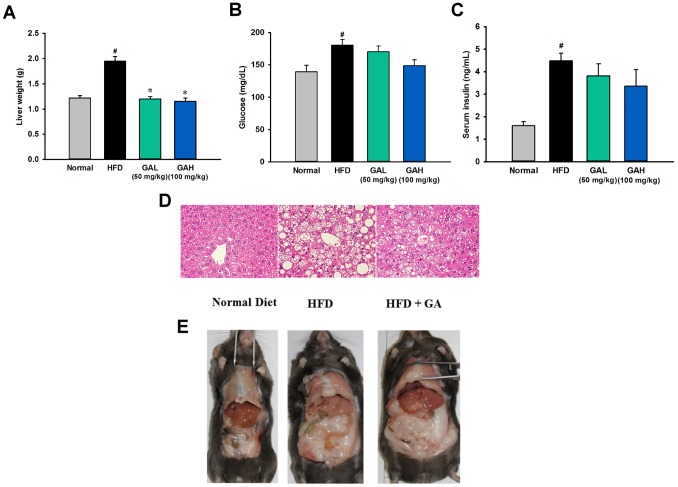Figure 1. Gallic acid (GA) protects against hepatic steatosis and insulin resistance in high-fat diet-fed mice.
(A) Effect of a high fat diet and gallic acid treatment on liver weight. (B–C) Administration of gallic acid for 16 weeks effectively improves glucose and insulin concentrations in mice fed the high fat diet. Serum insulin levels and blood glucose were assessed in mice fed a normal chow diet (normal group, n = 10), a high fat diet (HFD group, n = 11), and a high fat diet supplemented with GA (treatment group, high fat diet+GA, 50 (the number of mice used for the serum insulin analysis, n = 8; other experiments, n = 10) and 100 (the number of mice used for the serum insulin analysis, n = 8; other experiments, n = 10) mg/kg/day, orally). The data are presented as the mean ± SEM. #p<0.05, versus normal diet mice; *p<0.05, versus high fat diet-fed mice. (D and E) The gross morphology of the mouse livers and H&E staining of liver sections in different groups.

